The history of music is the history of music-making technology – they are inevitably linked and have been since the first drummer banged a couple of rocks together back in the Stone Age. From Pythagoras’s experiments with hammers and anvils to Bartolomeo Cristofori’s pianoforte, new and innovative ideas and technologies have consistently provided musicians with inspiration.Instruments like the harpsichord and piano were high tech revelations in their day – same like the amazing hardware and software we currently use. Here is some of the technology that inevitably changed how music developed:
1. Guitar Amp

The first electric guitar amplifier was likely made by Leo Fender. His early guitar amplifiers had no controls and simply amplified the electric signal produced by early magnetic pickups. Although early prototypes exist, the first commercially produced guitar amplifier was made by Fender in 1947. Early guitar amplifiers were used primarily by pedal steel guitar players in Hawaii. The amplifier as an integral part of a guitarist specializing in playing electric guitar probably didn’t begin until the late 1940s.
3. The Sampler

Analogue synthesizers ruled the electronic music scene throughout the 1970s. As that decade wound to a close, musicians were looking for something new. The Fairlight CMI I was the world’s first commercially available polyphonic digital sampler. Sampling would eventually evolve into the very digital recording we take for granted today. It’s hard to imagine a world without samplers – and we wouldn’t want to. Back to the page you came from, click here for all the latest music videos.
4. Soundcard

The earliest known sound card used by computers was the Gooch Synthetic Woodwind, a music device for PLATO terminals, and is widely hailed as the precursor to sound cards and MIDI. It was invented in 1972. AdLib was one of the first manufacturers of sound cards for the IBM PC. Creative Labs also marketed a sound card at the same time called the Creative Music System. Sound Blaster cloned the AdLib and set the stage for dominating the market. The Sound Blaster line of cards ushered in a new era of multimedia computer applications that could play back CD audio, add recorded dialogue to computer games, or reproduce motion video (albeit at much lower resolutions and quality) The widespread adoption of Sound Blaster support in multimedia and entertainment titles.
4. MP3s
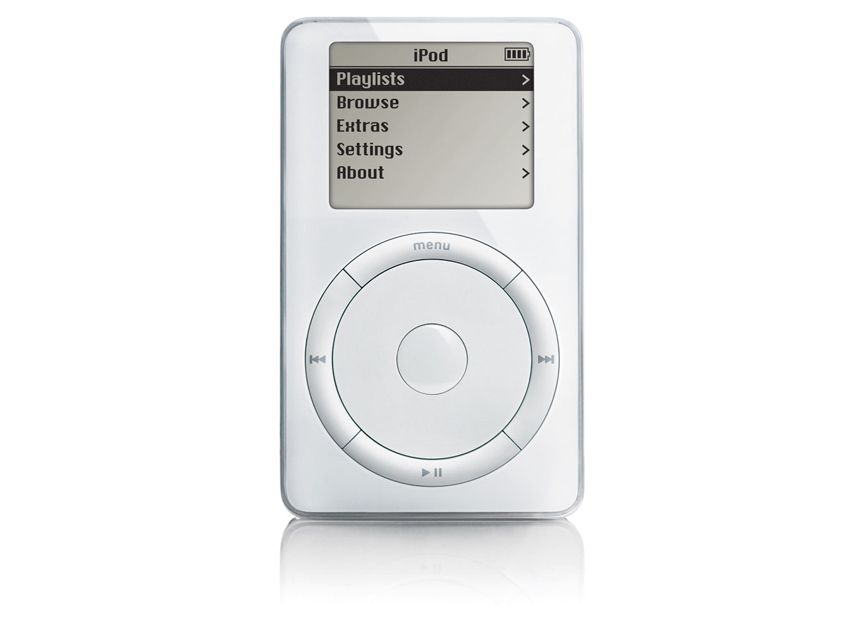
The first portable MP3 player was launched in 1997 by Saehan Information Systems, which sold its “MPMan F10″ player in parts of Asia in spring 1998. In mid-1998, the South Korean company licensed the players for North American distribution to Eiger Labs, which rebranded them as the EigerMan F10 and F20.
6. Electric Guitar

Stringed instruments have been with us for at least two millennia – the Harps of Ur were discovered back in 1929 in what was once ancient Mesopotamia and proved to be over 4,500 years old. The electric guitar was and is far more than a musical instrument – it’s an iconic symbol of modern (and youth) culture. Early adopters included Les Paul and T-Bone Walker, and it would come to epitomise rock ‘n’ roll, giving teenagers a voice of their own.
8. Multitrack tape recorder
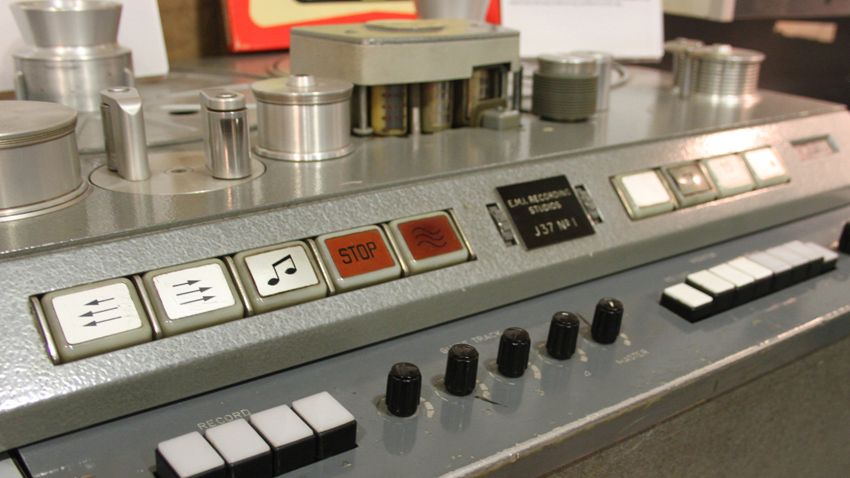
The foundation was laid by Édouard-Léon Scott de Martinville, a French librarian who invented the phonautograph in the late 1850s. There existed some far-fetched possibility to use it as a telephone repeater. So, it sat inanely without any real purpose for the ensuing decade.In doing so, he created a DIY sound-on-sound recording device that could nullify the erase function of tape recorders.They assigned their entire team of seven engineers to the task.Les Paul worked with Ross Snyder from Ampex, who helped him achieve his dream of a reliable multitracking device.
9. MIDI
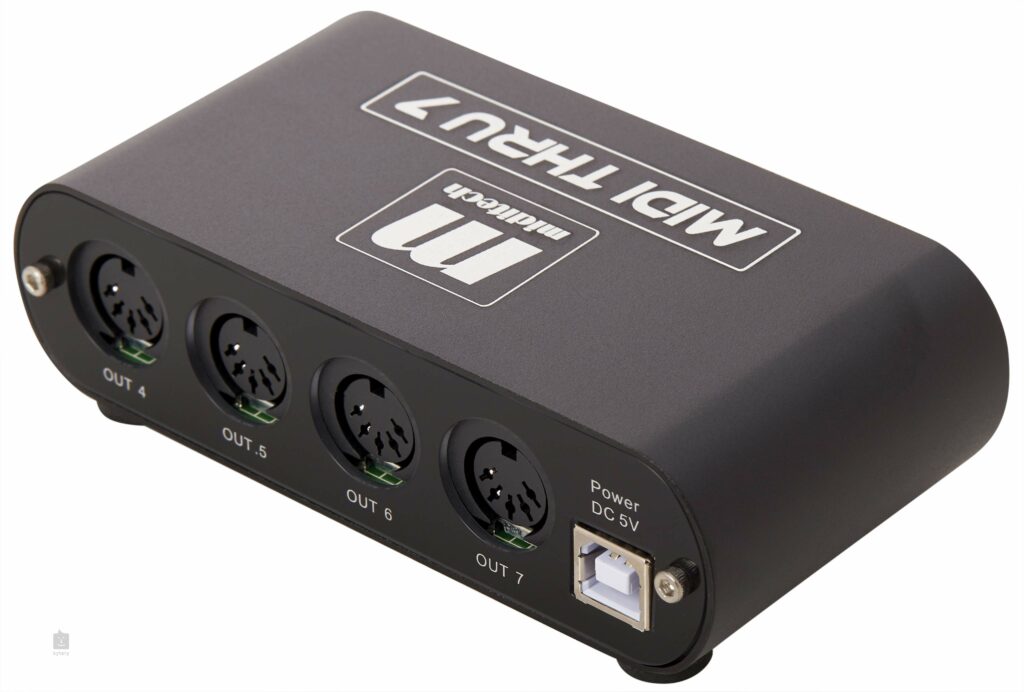
MIDI- musical instrument digital interface, technology standard allows electronic musical instruments to communicate with one another and with computers. The first synthesizers using MIDI debuted in 1983. A live performer may use MIDI to simultaneously control several instruments onstage. In a recording studio a MIDI composition can be edited, resequenced, sped up, slowed down, or adjusted in numerous ways without costly and time-consuming rerecording. This versatility made MIDI composition widespread in popular music as well as in film and television scores. MIDI message sets have also been written for such wide-ranging purposes as directing stage lighting, controlling amusement park rides, and producing tones for mobile telephones.
10. The DAW
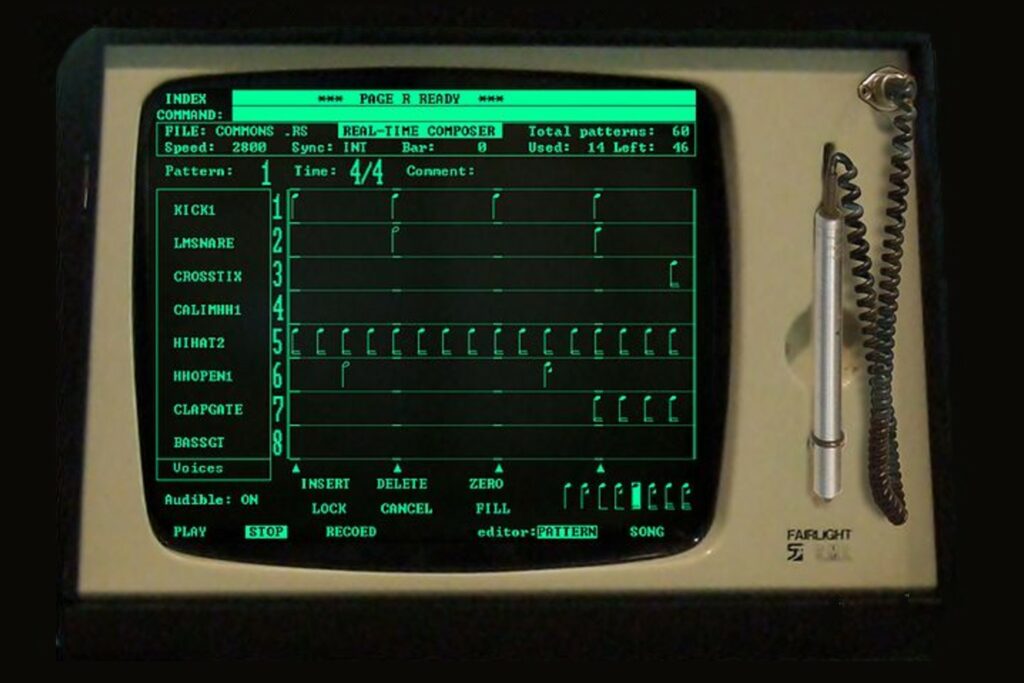
It is difficult t find accurate information, but some sources point to the company Steinberg as the father of all DAWs. Despite selling fewer than 50 copies in the beginning, the program laid the foundation for a dynasty that continues to this day. Multitrack Recorder became Pro-16, then Pro-24, Cubit and eventually Cubase. Commodore 64 development shifted to the Atari 520ST, then the Commodore Amiga, then eventually the Apple Mac and Windows PC. Until the early 90s, the software did little more than control external MIDI devices via a suitable interface.
11. The Microphone
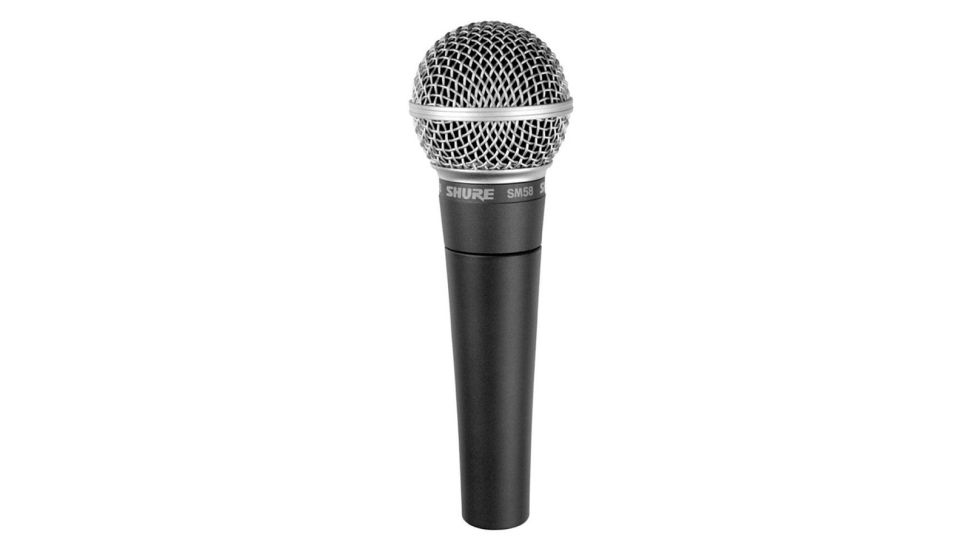
In 1876 Emile Berliner invented what could be considered the first modern microphone while working with Thomas Edison. Berliner, a German-born American, was best known for his invention of the Gramophone and the gramophone record, patented in 1887. After seeing a Bell Company demonstration at the U.S. Centennial Exposition, Berliner was inspired to find ways to improve the newly invented telephone. Hughes’s microphone was the early prototype for the various carbon microphones still in use today.
Resources:
https://ourpastimes.com/who-invented-the-first-guitar-amplifier-12187920.html
https://www.musicradar.com/news/early-daws-the-software-that-changed-music-production-forever
https://www.thoughtco.com/history-of-microphones-1992144
https://www.britannica.com/art/MIDI-music-technology
https://producerhive.com/ask-the-hive/history-of-multitrack-recording/
http://www.computernostalgia.net/articles/HistoryofSoundCards.htm